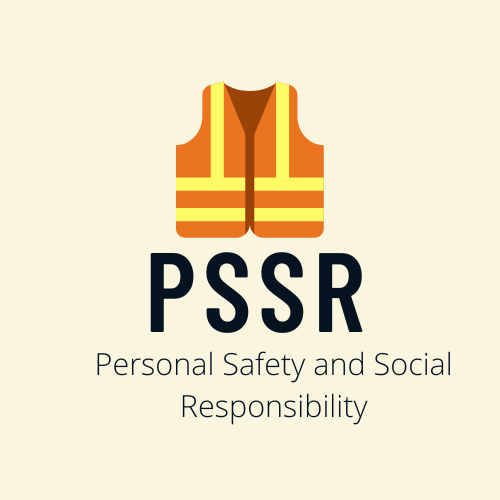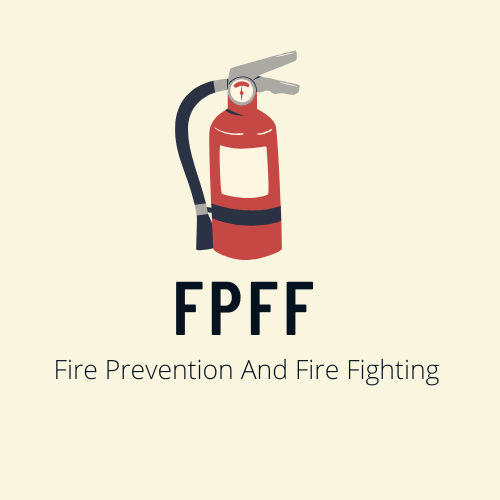This EFA exit exam questions and answer quiz contain 30 questions
If you found any questions answer incorrect please let us know by Clicking here.
1. when caring for a victim who has an objective
impaled in their hand you should
a. Remove the object, flush with cold water and transport to hospital
b. Immobilize the object by placing several
dressings around it(Correct)
c. Break object off where it sticks out, and bandage injury
d. None of the above
2. A victim is
coughing up blood with bleeding from the mouth and is tender in the abdomen.
Pulse is weak and rapid. The victim is having signs
a. Massive head injuries
b. b. Internal bleeding(Correct)
c. c. Drug overdose
d. d. Possible poisoning
3. What should you do if someone is unconscious,
but you are not a trained first aider?
a. Get medical help immediately
b. Try to perform CPR on the crew
c. Move the crew on
to their back (Correct)
d. Slap the crew to see if they would wake up
4. How should you open the airway of an
unconscious casualty?
a. Head tilt and chin lift (Correct)
b. Jaw thrust
c. Head tilt and jaw thrust
d. Lift the chin
5. How can you reduce the risk of disease
transmission when caring for open bleeding wounds ?
a. Wash your hands immediately after giving care
b. Avoid direct contact with the blood
c. Use protective barriers such as gloves or plastic wrap
d. All of the
above(Correct)
6. The type of shock
that is caused by a severe infection is called
a. Septic
(Correct)
b. Psychogenic
c. Cardiogenic
d. Haemorrhage
7. You should suspect that a victim has head and
spine injuries for.
a. An accident involving a lightning strike
b. A person found unconscious for unknown reasons
c. A fall from the height greater than the victim's height
d. All of the above
(Correct)
8. The accepted treatment for a femur or thigh
fracture is
a. Place a short padded splint on each side of the leg
b. This type of
fracture is best handled by a traction splint applied by those with special
training (Correct)
c. Move the victim before properly applying a leg splint
d. Bind both legs with two long splints using two cravats, one above and one below the break
9. Of the following casualties, which would you
care for first/ the casualty who is
a. In shock without apparent injuries but conscious
b. Unconscious and lying on his back
c. Bleeding from the forehead but conscious
d. Unconscious and lying on his stomach
(Correct)
10. Sharp, stabbing
twinges of pain in the chest is a sure sign of heart attack
a. TRUE
b. FALSE (Correct)
11. The accepted
treatment for a sprained ankle is
a. remove the shoe and check for swelling using the capillary reflex method
b. keep the shoe on apply an ankle bandage for support, elevate and apply cold towels(Correct)
c. keep the shoe on, apply an ankle splint and apply heat if possible
d. have the victim walk or move as soon as possible to prevent stiffness
12. A crew has his finger severed off, what action
would be the best ?
a. Put the severed end of the finger back in the place wrap entire finger in sterile gauze and transport to hospital immediately
b. Wrap the severed
finger in sterile gauze place it in a plastic bag, put the bag on ice transport
both finger and the victim to the hospital (Correct)
c. Place the severed finger in a plastic bag have the crew place the bag under his armpit transport immediately to the hospital
d. Place a tourniquet at the stub where the finger severed to control bleeding transport to hospital immediately
13. When performing CPR on a child how deep should
the chest compression be ?
a. l1/2 inches
(Correct)
b. 2 inches
c. 2x/2 inches
d. 3 inches
14. Which of the following techniques is not
suitable for moving an unconscious victim ?
a. Improvised stretcher
b. Four handed seat
carry (Correct)
c. Two person carry
d. Blanket drag
15. The primary symptom of the advanced stages of
hypothermia requiring immediate medical attention is violent shivering
a. True
b. False (Correct)
16. Which of the following correctly describes the
CPR technique for an adult
a. Four cycle for 15 compressions followed by one breath each minute
b. one cycle of one breath and 10 compression each 2 to 3 inches deep per minute
c. twelve cycles of one breath and 5 compressions per minute
d. four cycles of Two
breaths and 15 compressions per minutes (Correct)
17. Severe bleeding
is a "hurry case" . which one of the following statements is true
a. Bleeding can seldom be stopped with direct pressure
b. A tourniquet is almost always required to control serious bleeding
c. Should the first sterile pad used become blood soaked, immediately remove it and apply another
d. Try to avoid
direct contact with the victim's blood by using latex gloves or another
barriers (Correct)
18. A person
indicates that he was bitten by a snake what do you do ?
a. Apply ice to the wound and take to the nearest fire station or hospital
b. wash the wound keeping injured area lower than the heart get professional medical care within 30 minutes (Correct)
c. cut a 1" cross at the site if injury and suck the poison out apply ice
d. elevate injured area apply ice and get professional medical care within 30 minutes
19. What should you
do if you think the victim are serious internal bleeding
a. Apply heat to the injured area
b. Give fluids to replace blood loss
c. Call for medical
assistance as quick as possible (Correct)
d. Place the victim in a sitting position
20. To treat first
degree burn you should
a. Apply a good quality burn cream or ointment
b. Clean the area thoroughly with hot soapy water
c. Apply a constricting band between the burn and the heart
d. Apply cool running
water until there is little or no remaining pain (Correct)
21. What do you do
for a victim who has a bleeding injury to the mouth and you are sure about that
there is no head neck or spine injury
a. Keep victim seated with head tilted slightly forward
b. Keep victim seated with head tilted slightly backward
c. Have the victim lie down on their side
d. Either E and C (Correct)
22. The accepted
treatment for a nose bleed
a. Use direct pressure elevation and pressure points to control the bleeding
b. Tilt the head back and tightly squeeze the nostrils
c. Have the victim
lean forward apply gentle pressure on the nostril apply cold towels (Correct)
d. Lay the victim on his back and treat foe shock apply heat if available
23. What treatment
does a victim who's life threatening condition is "not breathing"
need ?
a. The Helimich maneuver two rescue breaths and CPR
b. Start CPR immediately
c. Twelve to fifteen recue breaths per min and correct CPR
d. You should follow the steps for rescue
breathing (Correct)
24. Shock is a condition
where
a. The respiratory system fails to deliver air to the lungs
b. The cardiovascular system fails to deliver blood to the heart
c. The circulatory system fails to deliver blood
to all parts of the body (Correct)
d. All of the above
25. Internal bleeding
can be caused by
a. Injury
b. Illness
c. Medication
d. All of the above (Correct)
26. What is the
appropriate treatment for a suspected broken collarbone or shoulder ?
a. Apply a simple
sling. Bind the sling to the chest with a cravat (Correct)
b. Use the cross your heart padded chest support system
c. Use the flail chest protection system
d. Apply a modified "Johnson traction splint"
27. What would you do
if a victim had a body part torn or cut off ?
a. Wrap severe body part in sterile gauze
b. Place in a plastic bag
c. Put the plastic bag on ice and take it to the hospital with victim
d. All of the above
(Correct)
28. When performing
CPR on a child you give
a. 4 slow breaths & 20 chest compressions
b. 1 slow breaths
& 5 chest compressions (Correct)
c. 2 slow breaths & 10 chest compressions
d. 2 slow breaths & 15 chest compressions
29. White or greyish
yellow patches on someone's ears noses or checks are signs of
a. Frostbite
(Correct)
b. Cold related stress disorder
c. Anaphylactic shock
d. Hypothermia
30. The emergency responder is one link in the
chain of services known as the
a. Emergency crew care (ECC) system
b. b. Emergency medical services (EMS)
system(Correct)
c. c. Professional emergency care (PEC) system
d. d. Community medical care (CMC) system





